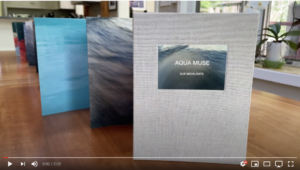Statement
Spanning sculpture, assemblage, and photography, Kendall Pestana’s is an ongoing photographic series of constructed domestic spaces and internal landscapes that consider psychological space and the ways in which the body houses trauma. A response to the prevalence of American rape culture as well as recent backsliding of women’s rights, House On Fire is a deeply personal and visceral testament to feminine resilience. Utilizing the male-dominated visual language of surrealism in conjunction with the gendered implications of craft arts and domesticity, this ongoing body of work is a defiant reclamation of the home as an exploration of bodily space and autonomy through the lenses of gendered violence, illness and objectification.
Bio
Kendall Pestana (b. 1998) is an interdisciplinary artist based in Acton, Massachusetts. In May 2020, Kendall received her BFA in Photography from Massachusetts College of Art and Design with departmental honors. Spanning sculpture, photography, and animation, her work is an investigation of bodily space through the lenses of gendered violence, illness, and objectification. In July, she was featured in ArtConnect Magazine and was named among Lenscratch’s Top 25 Artists to Watch.
Kendall was a finalist for the Griffin Museum of Photography’s Chervinsky Award 2020.
View Kendall Pestana’s website.
















